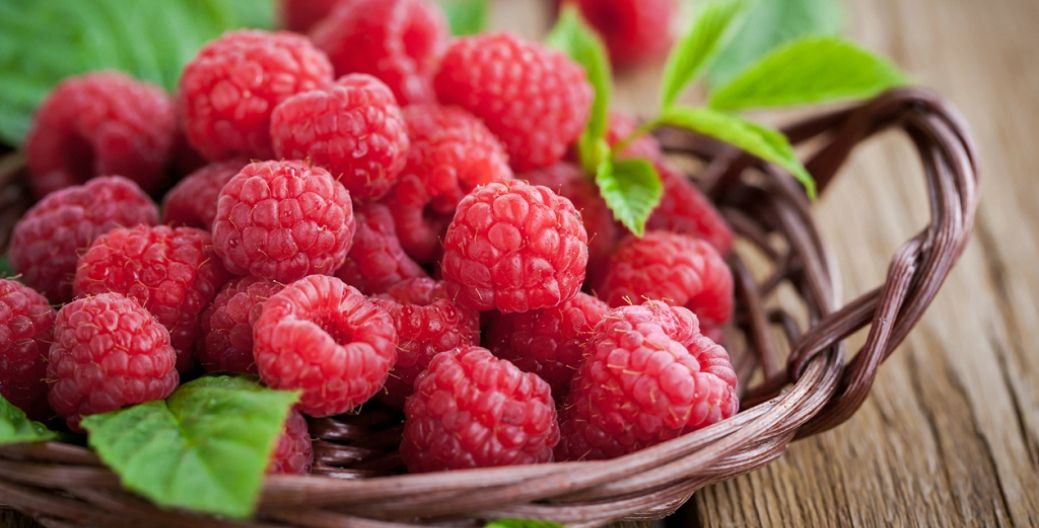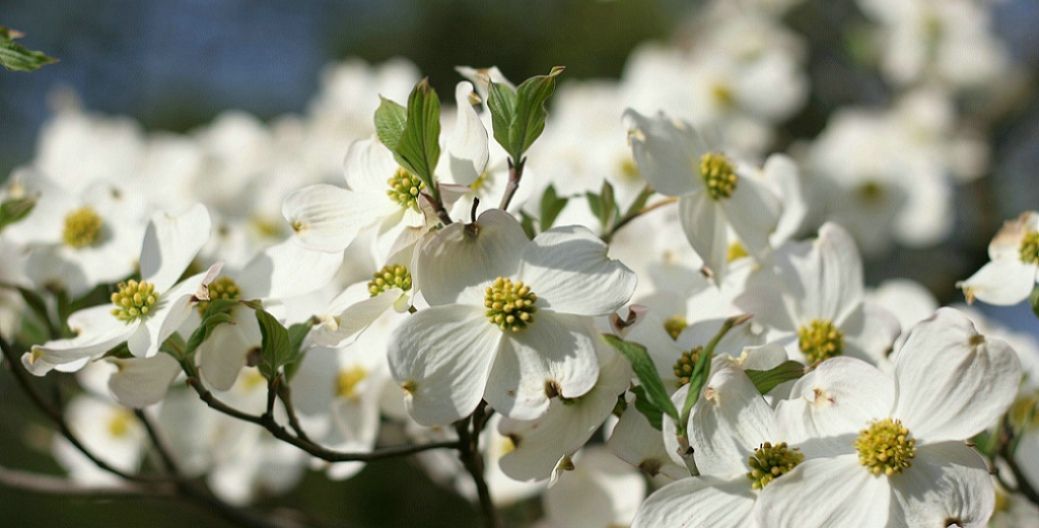Plant Collection Most Common Tree White mulberry See More A unique and easy-to-grow edible landscaping plant, the White mulberry is prized for its tasty fruits as well as its exquisite ornamental appeal. Originally native to China, this plant was valued for its role in silk production: silkworms will only eat the leaves of White mulberryContinue reading “Most Common Tree”


Plant Collection Best Perennial Plant to Grow Orange daylily See More The Orange daylily is a perennial plant known for its captivating lily-like blooms. Its natural habitats are meadows and forests, but it is also a common garden plant in temperate regions around the world. Each individual flower lasts only a day, but the plantContinue reading “Best Perennial Plant to Grow”

Plant Collection Best Perennial Plant to Grow China rose See More The China rose (Rosa chinensis) is a Southwest China native. The plant has been cultivated for so long that it has become hard to tell the difference between wild and cultivated varieties. With medium-sized clusters of flowers and a long blooming season, it isContinue reading “Best Perennial Plant to Grow”

Plant Collection Most Common Tree White mulberry See More A unique and easy-to-grow edible landscaping plant, the White mulberry is prized for its tasty fruits as well as its exquisite ornamental appeal. Originally native to China, this plant was valued for its role in silk production: silkworms will only eat the leaves of White mulberryContinue reading “Most Common Tree”







